Meaning and Mindfulness: Occupational Therapists as Mindful Mentors
This post may contain affiliate links.
 April brings with it tulips and daffodils, Spring showers, and National Occupational Therapy Month. But to be fair, April also shines as an honorary month for other special causes as well. This is the month to spread the word about Poetry, Child Abuse Prevention, Autism Awareness, Minority Health, Stress Awareness, and Humor…just to name a few. As an occupational therapist, with an eye toward collaboration and community, it isn’t difficult for me to recognize the intricate way that all of these campaigns piece together to form a complete puzzle – the human puzzle – as all of them draw our attention to “occupation.” Each movement strives to increase our knowledge and enlist our allegiance in the hopes that the occupation of their choice can become one that no longer needs to be nationalized, but will be accepted as one that is routine and included as a natural part of our daily lives. For that is what occupation is: the natural course of events that occur each day as we connect with others and make our way in the world. They are the activities we perform for self-preservation, for community enhancement, for spiritual growth, and for anything else that we engage in to make our life fulfilling. Occupation cannot be labeled simply as self-care, work, and leisure. The activities that define “occupation” are as individual as the style of clothing we choose, our personalities, our laugh, and our handwriting style. And for that reason, it is important for those of us who have chosen the “occupation of occupational therapy” to become more than evaluation writers and session-planners. We must become “mindful mentors” who seek out the meaning of occupation in each of our client’s lives and bring that meaning to the therapy table as we guide them toward realizing their therapy goals.
April brings with it tulips and daffodils, Spring showers, and National Occupational Therapy Month. But to be fair, April also shines as an honorary month for other special causes as well. This is the month to spread the word about Poetry, Child Abuse Prevention, Autism Awareness, Minority Health, Stress Awareness, and Humor…just to name a few. As an occupational therapist, with an eye toward collaboration and community, it isn’t difficult for me to recognize the intricate way that all of these campaigns piece together to form a complete puzzle – the human puzzle – as all of them draw our attention to “occupation.” Each movement strives to increase our knowledge and enlist our allegiance in the hopes that the occupation of their choice can become one that no longer needs to be nationalized, but will be accepted as one that is routine and included as a natural part of our daily lives. For that is what occupation is: the natural course of events that occur each day as we connect with others and make our way in the world. They are the activities we perform for self-preservation, for community enhancement, for spiritual growth, and for anything else that we engage in to make our life fulfilling. Occupation cannot be labeled simply as self-care, work, and leisure. The activities that define “occupation” are as individual as the style of clothing we choose, our personalities, our laugh, and our handwriting style. And for that reason, it is important for those of us who have chosen the “occupation of occupational therapy” to become more than evaluation writers and session-planners. We must become “mindful mentors” who seek out the meaning of occupation in each of our client’s lives and bring that meaning to the therapy table as we guide them toward realizing their therapy goals.
As I began my research for this article, I came across the Canadian Association of Occupational Therapy (CAOT) site and its “Profile of Occupational Therapy Practice in Canada (2012).” The CAOT profile identifies the “seven main roles of occupational therapists” in their scope of practice. Among those seven performance areas, they’ve included 4 skills that I found inspiring as I began to write this discussion of “meaning and mindfulness” for OT Month:
1. Expert in enabling occupation
2. Communicator
3. Collaborator
4. Change Agent
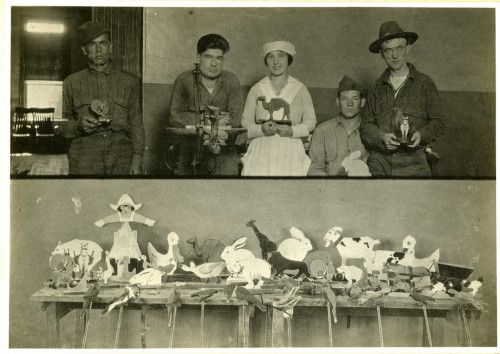
I chose this profile from CAOT because their interpretation of our role in the lives of our clients matches my enlightened vision of my performance as a practitioner. Coming away from the 2014 AOTA Annual Conference this past week, I found myself hovering over a new abyss – a new challenge – one that pushes me toward self-reflection and an honest re-evaluation of my performance as a pediatric OT. Ginny Stoffel, PhD, OT, BCMH, FAOTA, in her presidential address, challenged me to think long and hard about whether my work has facilitated my clients’ “reflection on what makes life worth living.” I work with children and their parents. Am I considering how my work is enhancing the meaning and purpose of their lives? Am I addressing the child’s and parent’s beliefs about what makes life worth living? Am I encouraging participation in therapy activities that share a valid focus on what makes life purposeful for them? As I began to draw up notes on my reflections, I found myself devising a new SOAP note of sorts for my sessions – one I’ve labeled “OMIA.” Not as easy to say (if you can pronounce it at all) but one that fits my new focus for “meaningful and mindful” occupational therapy.
Unlike SOAP notes, which were designed as an “after-action report,” OMIA is constructed to draw our attention toward the creation of therapy sessions that will have specific meaning and purpose for each client. I know that we do that in so many ways, already; but OMIA can align our efforts more with Ginny Stoffel’s message in her “Attitude, Authenticity and Action: Building Capacity” address. Here’s how it works:
OMIA = Occupation, Motivation, Inspiration, Actualization
As we prepare for our next session, let’s work up a plan that puts us in the role of “enabler, communicator, collaborator, and change agent” through:
- Occupation: Spend some time discussing the roles, interests, and activities that your clients find meaningful and purposeful in their lives. In the case of

Vegetable Gardens can be both work and leisure activities. adults, be careful not to assume what defines an important leisure event for them. Perhaps they don’t define gardening or woodworking as leisure. These activities may be considered to be purposeful means toward an end. They may grow their own vegetables or make their own home repairs to reduce costs. However, further inquiry may enlighten you about their love for volunteering or their passion for history. Children may define their important events simply as “drawing a picture” or “getting an ‘A” in literature.” A bit more searching may help you discover that these events are important because they struggle with the ability to use a writing utensil with comfort and ease as they learn handwriting or drawing skills or when completing homework assignments and written tests in a timely manner.
- Become the “Communicator” as you listen closely to their conversations and choose activities that are more aligned to the activities that hold meaning and purpose for them. Challenge yourself to steer away from the ideals that you as a therapist may hold dear: self-care, IADLs, or leisure. Be a mindful mentor as you help them choose activities that match other purposeful roles, such as community leader, caregiver, or pet owner.
- Motivation: Ginny Stoffel addresses motivation in terms of attitude and stresses that “There is no question about the power of attitude,” the driving force behind the “emotional fortitude to pursue well-being.” A fuller understanding of your clients’ intrinsic and extrinsic motivators can facilitate rehabilitation and carryover skills. Children, as well as adults, are intrinsically motivated by activities that they can “choose to do” and achieve satisfaction from both the act of choosing and from the opportunity to participate in the activity. They can also be motivated by extrinsic sources, learning early in life that a reward will follow some actions for as long as the action is produced. Of course, this type of motivation, even when it is a paycheck, can be inconsistent and short-lived!
- Become the “Enabler” as you offer adults, teens, school-aged children, and even babies motivational opportunities that allow them to make meaningful choices based upon their interests and beliefs. Stuffed animals versus building blocks or deep-breathing practice versus a kitchen activity can all provide motivation to work on specific skills from different angles. Provide them with opportunities to evaluate their own accomplishments and define their strengths and needs.
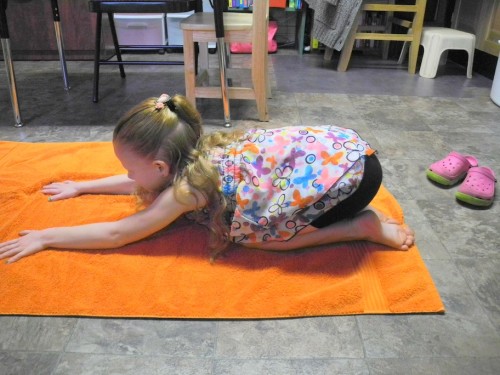
- Inspiration: Kathryn Haydon, in her 2013 article, “How to Inspire Children With Your Radioactive Spider Superpower,” encourages us to take the first step in spinning our “web of inspiration” by providing an environment of possibility, one that is “characterized by openness and invites curiosity.” Mistakes are encouraged and the lessons to be learned are engaging and intriguing. Build a selection of activities that will challenge your clients’ problem-solving skills, enlist their intrinsic desire to investigate, ask them to be creative through the arts, and coincide with cultural beliefs. Provide a wide variety of opportunities for self-expression as they build upon their interests and talents. In the meantime, they may even find new avenues of inspiration!
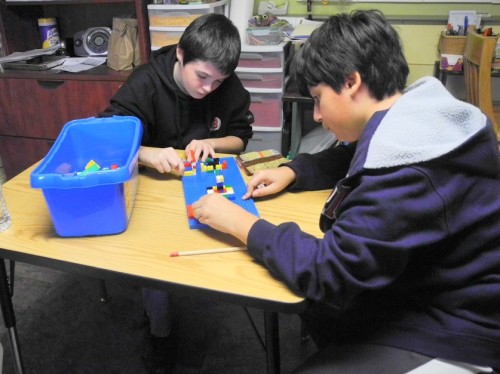
- Become the “Collaborator” as you inspire and motivate your clients with “islands of competence” to offset the frustrations and low self-esteem that can so often accompany the struggles of clients of every age. Sessions that include movement, socializing, the opportunity to help one another, and most of all, humor, can inspire our clients to face new challenges every day.
- Actualization: Elizabeth June Yerxa, OTR, in her 1966 Eleanor Clarke Slagle Lecture, “Authentic Occupational Therapy,” addressed the dangers of limiting ourselves as a profession and asked us to consider the concept that “Occupational therapy is unique because we use the choice of self-initiated purposeful activities to produce a reality-orienting influence upon the client’s perception of himself and his environment so that he can function.” Self-actualization is our goal as we strive to understand our client’s “nature,” his historical experiences that define him and all that is valuable to him. Yerxa reminded us that, as occupational therapists, “Our purposeful media, our emphasis upon the discovery of the client’s potential…deeply involve his will and emotions, providing that we can be authentic in relation to him.” Ginny Stoffel urged us to be authentic on our course to build capacity. Studies have shown that children and adults achieve self-actualization as they obtain and reinforce their life’s meaning through freedoms that provide them with choices, allow them to make mistakes, and opportunities to learn from their experiences. Authenticity depends upon our honest and mindful attempt to provide those freedoms and choices.
- Become an Authentic “Change Agent” as you transfer the art of learning and the responsibility for change into your client’s hands in an open and honest environment that allows him to discover “his own particular meaning.”

As Occupational Therapy Month, and Humor and Autism Awareness Month, float by, it is important to remember that every cause is both a unique one and a familiar one all at the same time. In the same sense, as humans, we are all the same and all different all at once. Although we have the same basic needs for survival, our intrinsic needs very likely could be quite different. Snoopy said it best in his musing:
“My life has no purpose, no direction, no aim, no meaning, and yet I’m happy. I can’t figure it out. What am I doing right?” (Charles Schulz)
Happy OT Month, everyone!
Katherine
Katherine J. Collmer, M.Ed., OTR/L, is a pediatric occupational therapist who owns and operates a clinic that specializes in the assessment and remediation of handwriting skills. She can be contacted via her website, www.handwritingwithkatherine.com.


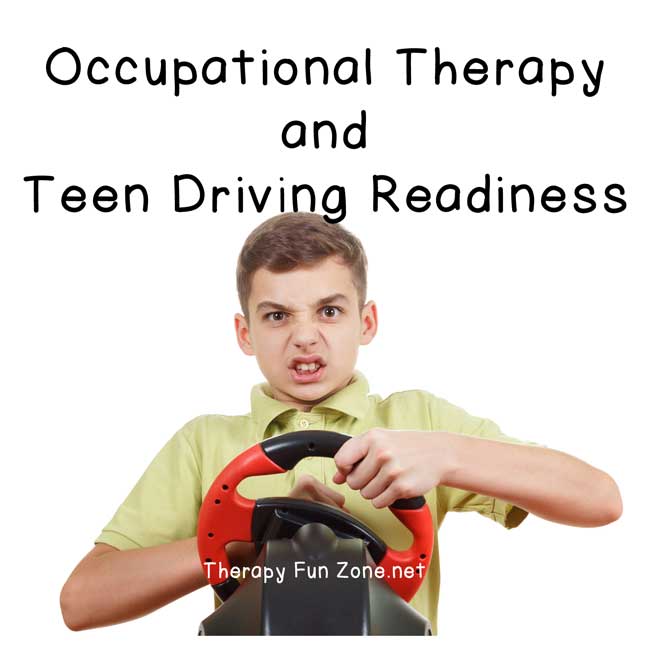

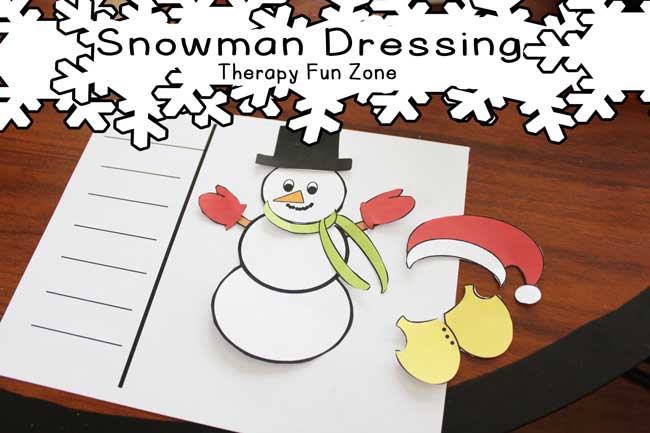
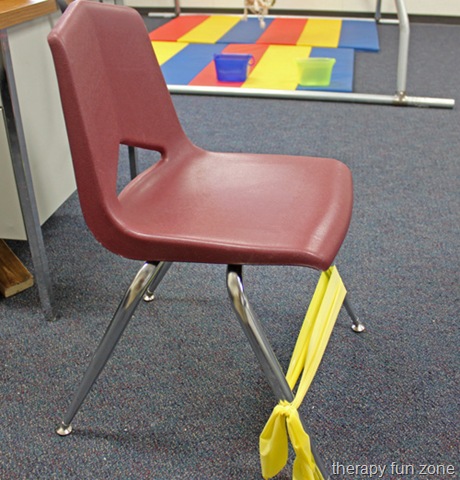
Love this post. I often say that OT is the “yoga” of the West and here you describe it beautifully. Very similar points we teach in our Therapeutic Yoga for Children training. It’s great to see these fields cross and converge for the benefit of those we serve. Thank you!
Mira, Thank you so much for taking time from your busy schedule to read and comment on my work! I think therapeurtic yoga is a wonderful training for childrend to be exposed to – one that will assist them for the rest of their lives! I will hop over to your site to take a look!
This is a fantastic article. So wonderfully constructed, awesome descriptive words and fabulous references to other articles. A truly inspring piece for any Occupational Therapist out there. Thank you Katherine for this writing!